Tomorrow is International Women’s Day – so what better time to share the inspiring thoughts of female engineer Eva Hakansson, than today!
University of Auckland Department of Mechanical Engineering Lecturer Eva Hakansson recently met our CEO Troy Coyle. Sharing her experiences as not only the world’s fastest female motorcycle rider, but also role model to aspiring engineers, sustainability focused advocate, and self proclaimed lover of working with metals!
Not surprisingly her story resonated with us – especially given we wanted to speak to environmental awareness this month. So, when she agreed to share her thoughts to our membership, we couldn’t of been more happier.
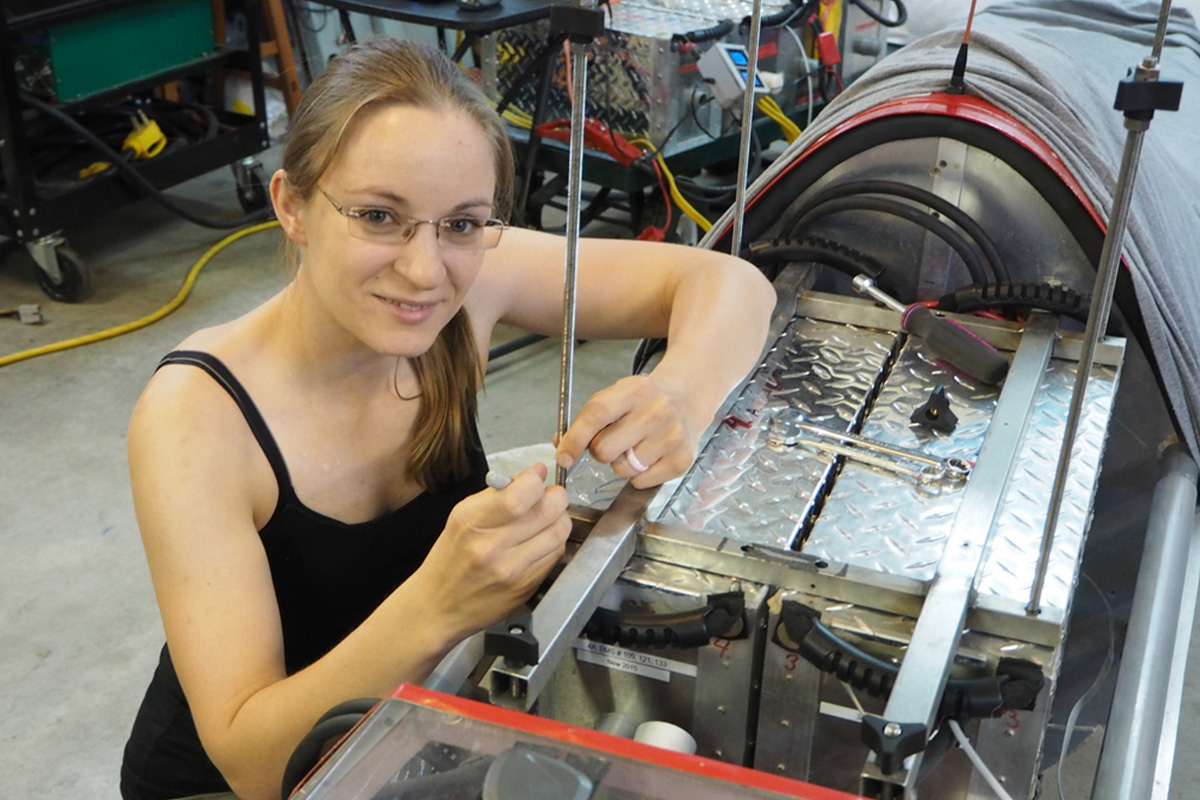
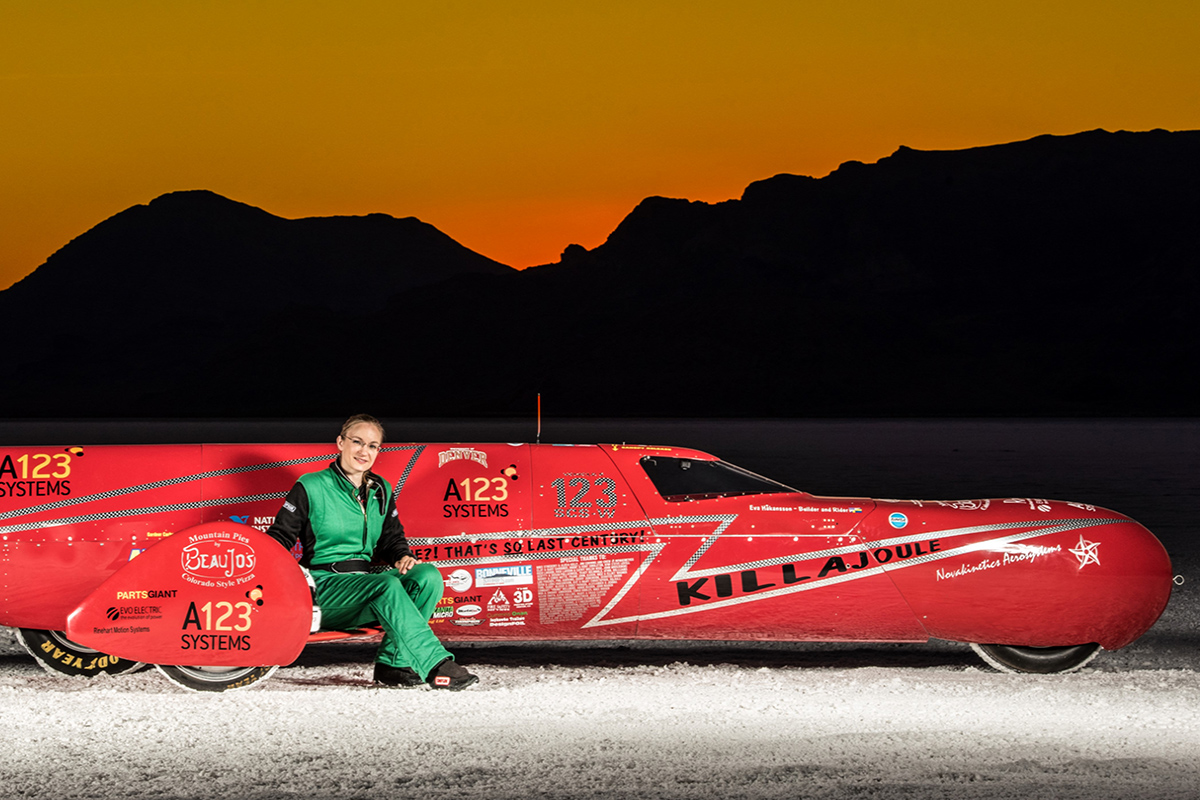
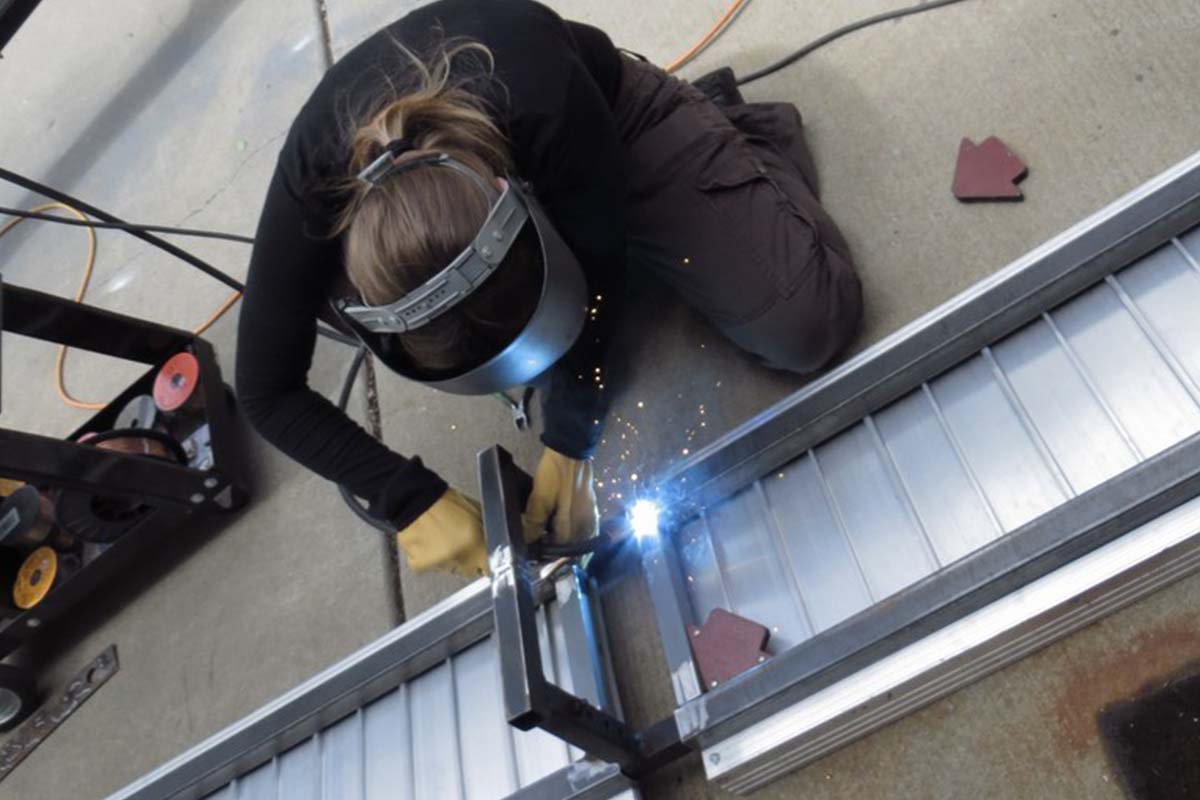
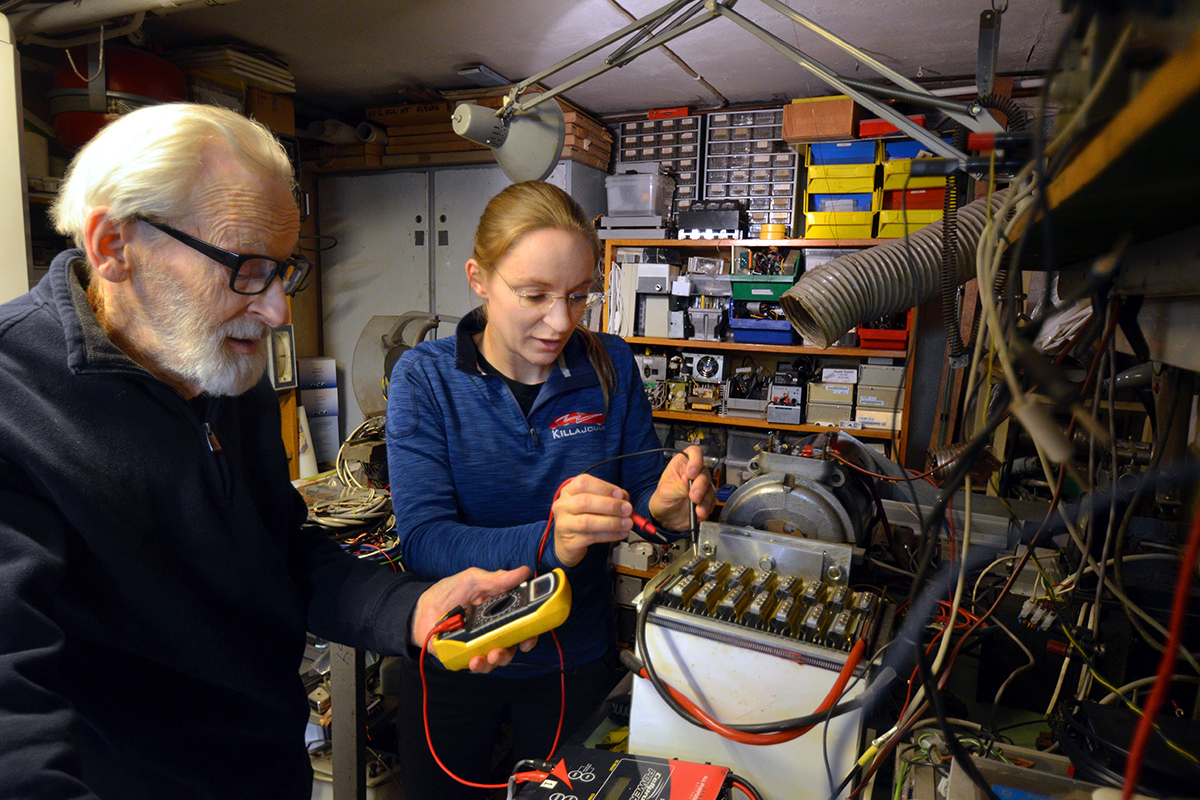
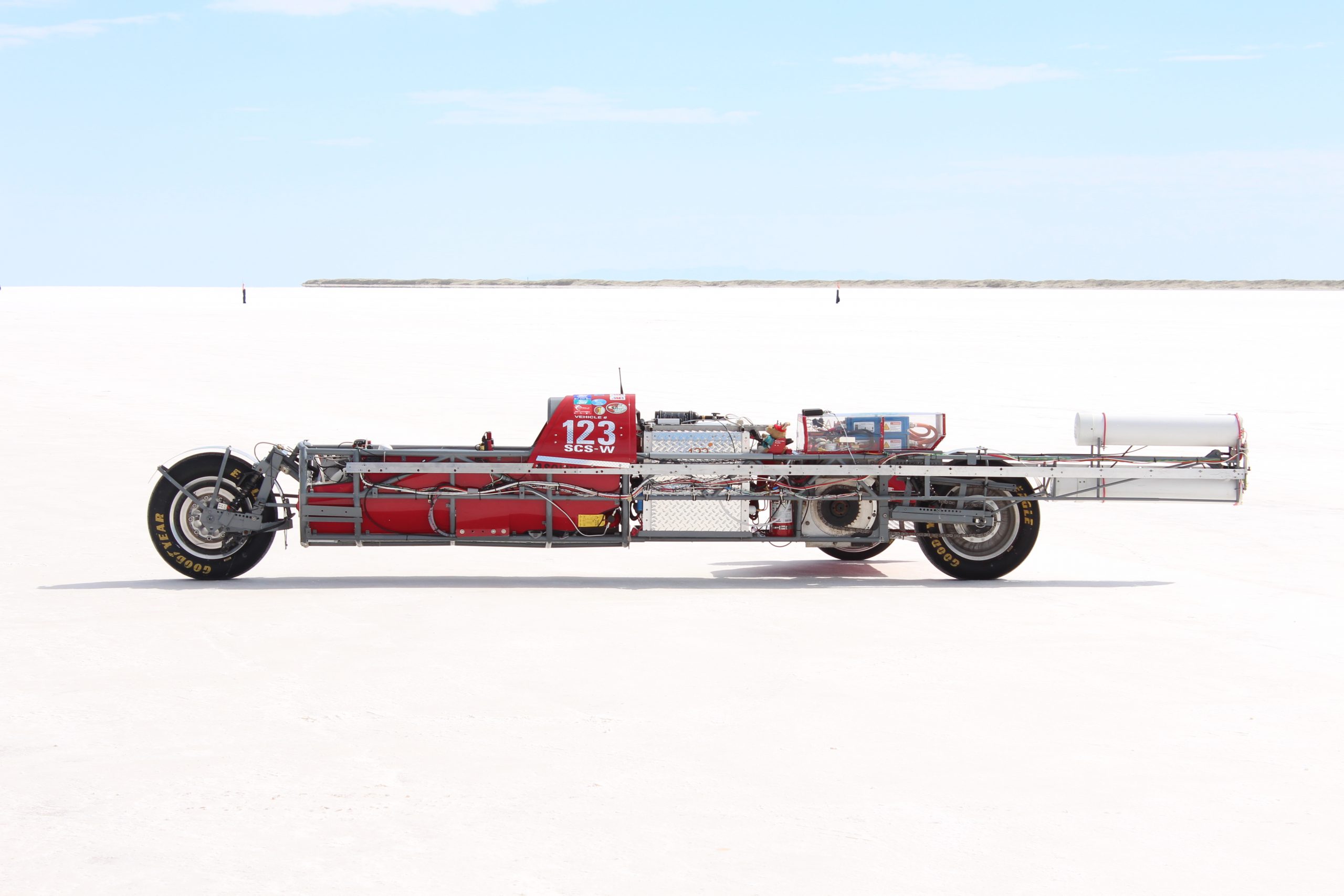
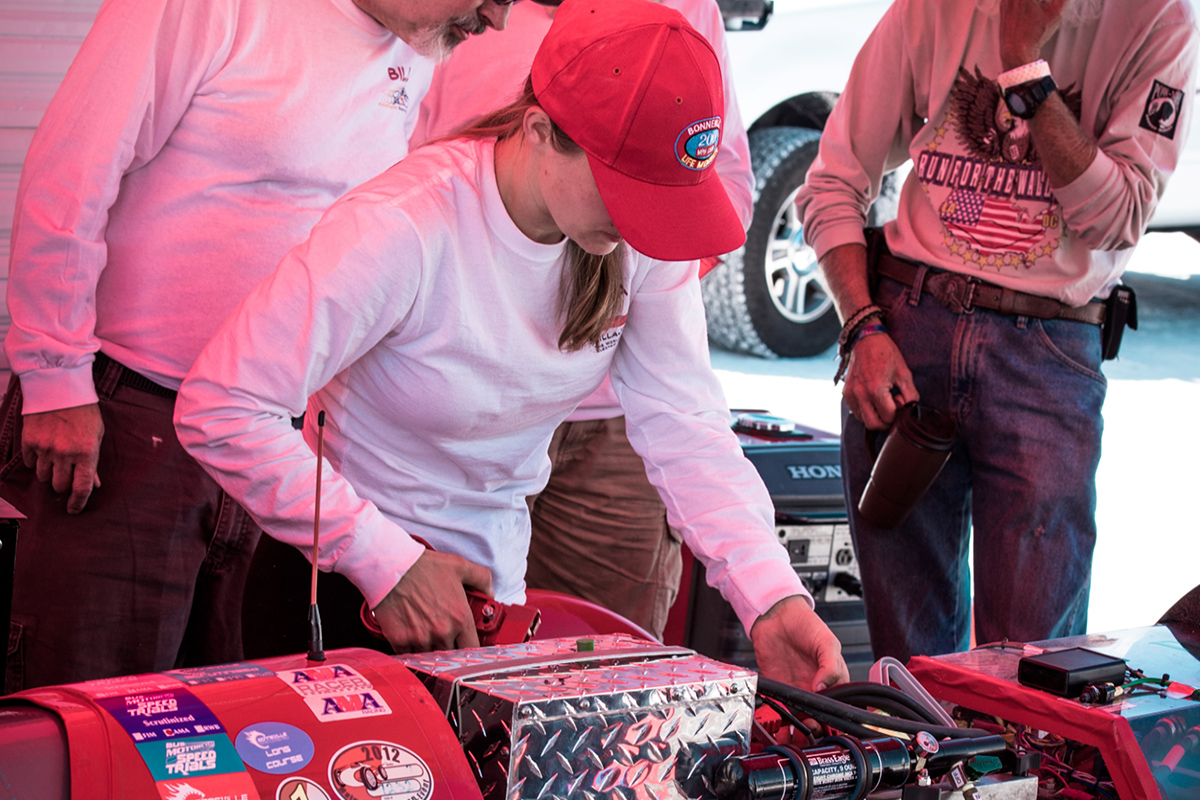
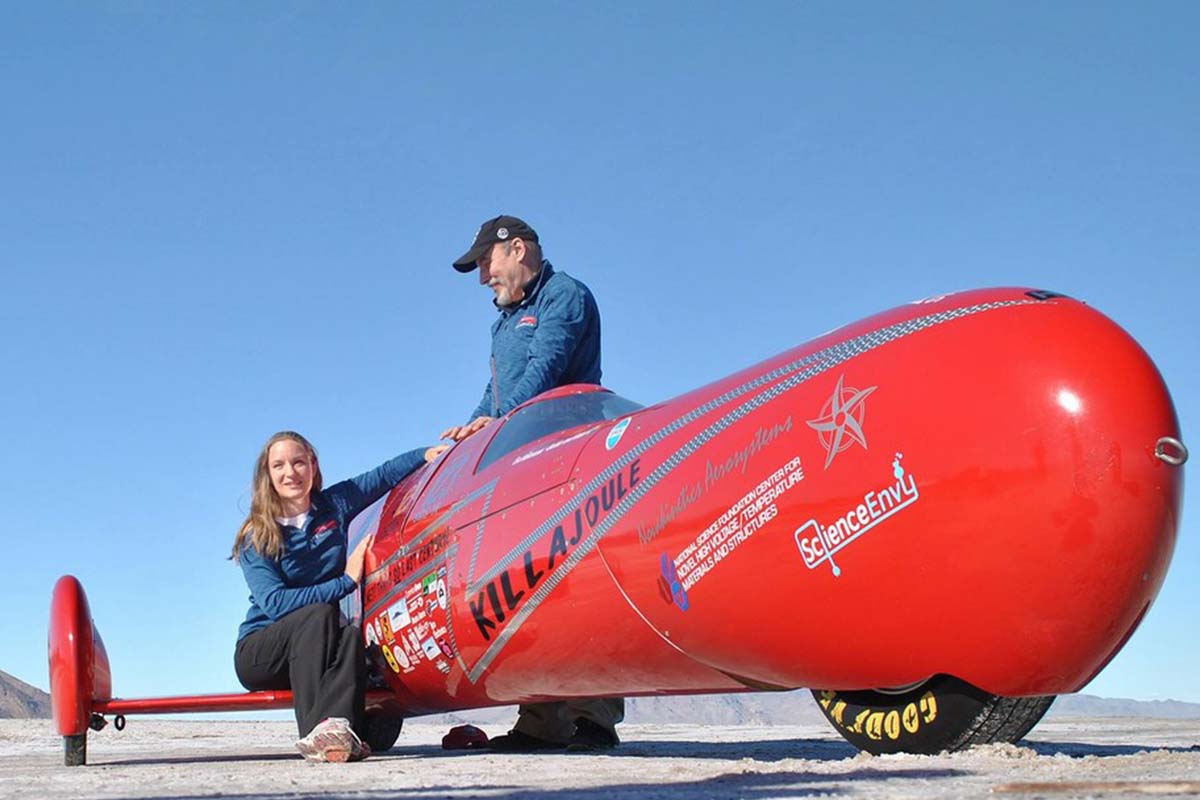
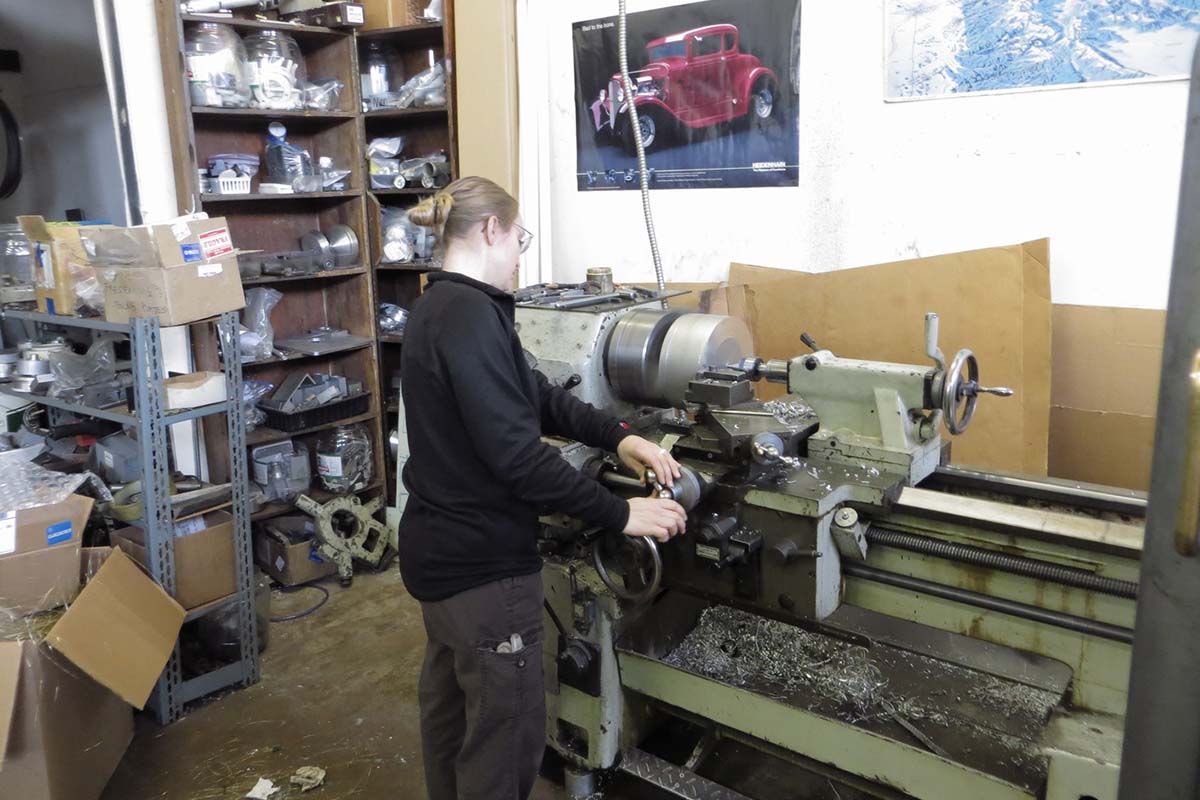
Read on…
To get her take on engaging the next generation of engineers, why her electric vehicle work is just as cool as NASCAR or Formula 1, and what we can do to make environmental awareness in her words ‘sexy, relatable and approachable’ as an industry.
How to engage the next generation of engineering superheroes, Dr Eva Hakansson | Thinktank@HERA
I never intended to be a role model. I just did whatever I love to do, and this eventually led to my current appointment as a Lecturer at the University of Auckland’s Department of Mechanical Engineering.
As an educator, I’d say that my intention is to guide students into forging their own paths, rather than prescribing one. Engineering practice is becoming increasingly varied – our faculty alone offers nine different specialisations across five departments, and being assigned to one doesn’t necessarily confine you. While our students tend to share common competencies in Physics and Mathematics, they are becoming as diverse as the field itself, in their interests and their reasons for becoming engineers.
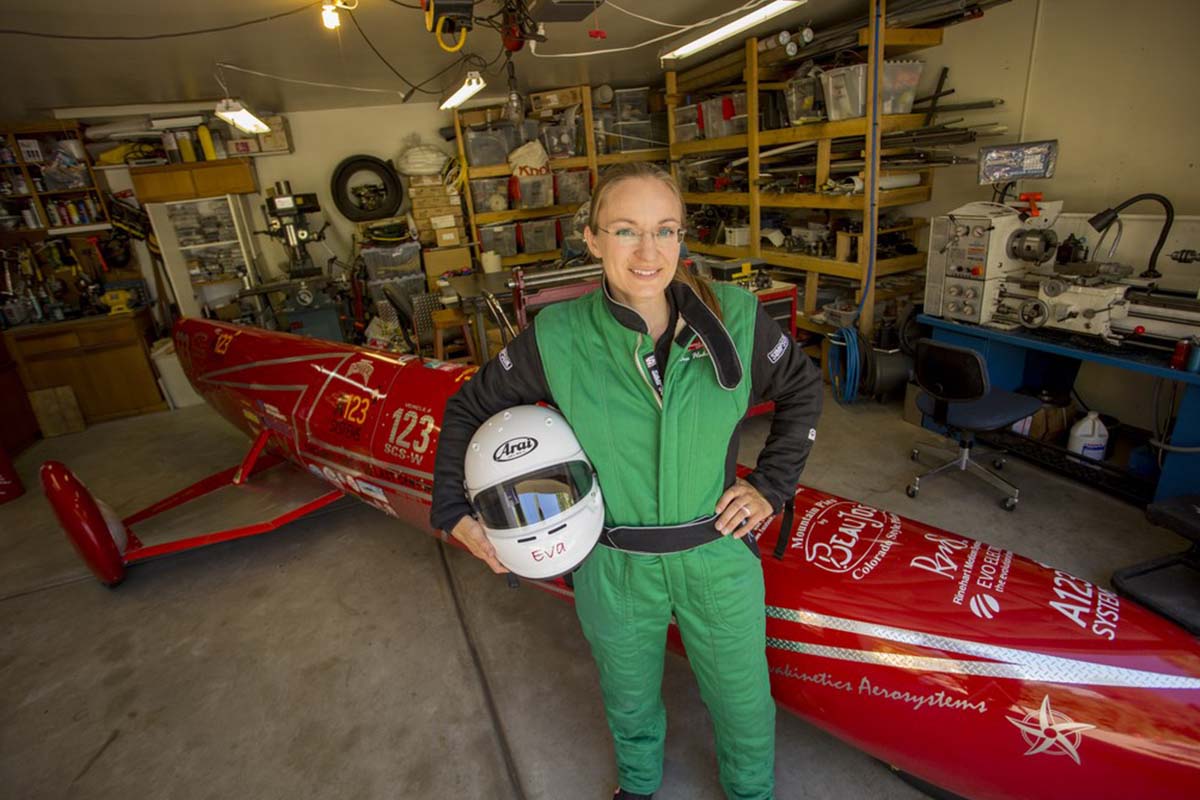
This diversity means that our individual stories are important, but as we talk about the many revelations of how we’ve found our ways into engineering, I think we mustn’t lose sight on how to ensure that we can continue to inspire others. In spite of the importance of healthy debate, the best way to generate interest, connect, and build knowledge is not to consider what’s divisive or to just promote what’s special about ourselves, but our common ground.
I’m a self-proclaimed ‘tree-hugger’, a term that unfortunately comes with negative connotations for some – usually the same people who avoid listening to Greenpeace, or in-depth discussions on climate change. That’s why I don’t like talking about politics – my affiliations can be made known, but are not often expressed, because that’s not the point. The ultimate goal is to make eco-friendly sexy, relatable, and approachable, for the benefit of society.
This philosophy aligns with my interest in building electric vehicles. My projects are a method to demonstrate that the sustainable route, when combined with great engineering, can lead to a product that’s just as cool as a NASCAR or Formula 1 vehicle, but doesn’t need a gigantic V8 engine to be enviable.
There’s an old marketing adage about how the powerful Corvette was built to sell the affordable Chevette; the Corvette’s coolness just rubbed off on all their other vehicles. That’s what I want to do with the image surrounding electric vehicles – if an electric vehicle can be made to be cool and desirable, it can set itself as a gold standard for all cars. We can then talk about how clean, green, efficient and sustainable is a better brand for all of us.
These days, I like to consider myself as an ‘eco-activist in disguise’. I see this as part of an environmental activism project that bypasses politics, ideology, and stereotypes. Instead, it’s focused on offering a solution, and reaching what may formerly be an unreachable audience.
I approach teaching in a similar manner – make the core of your curriculum relatable and fun, so nobody gets left out, because in the end, the classroom doesn’t discriminate based on your core purpose or what led you to this place. For our first year engineering students, I have prepared several design and CAD (Computer Aided Design) exercises that use LEGO building bricks. It is a non-intimidating product that everybody can relate to, regardless of background. It is also an example of great engineering that has stood the test of time – these brick have looked the same since 1958! The little LEGO figurine itself has been sold in more than a billion copies and is manufactured with higher precision than your typical car engine. It also shows that engineering is not just oily engines or big machines, there is engineering in every aspect of life.
I like to tell people that I gain an adrenaline rush from building something that’s never existed before. I think there’s a superhero quality to it, but our students need to experience the entire process and learn the basics before they really get to figure out how to save the world. It is therefore crucial that we show the importance of good engineering first, and the pleasure found in creating something new, before bringing on the heavy theory.
It’s no secret that I love engineering, especially its challenging aspects, and the field should be of interest to anyone who is invested in the future of our planet, our social economy, or just have an intense love of breaking and building things.
“Engineering will be instrumental in creating a sustainable future, and engineers are the super heroes saving the planet. However, engineering is about using your brain, not your muscles or super powers, and it knows no borders when it comes to culture, ethnicity, age, or gender.”
Interested to know more?
Why not connect to Eva’s website to delve more into her background as the officially world’s fastest female motorcycle rider with a world record at 248.700 mph (400.2 km/h) and a top speed of 270 mph (434 km/h), a mechanical engineer and the main builder of her electric streamliner motorcycle the “KillaJoule”, which also is the world’s fastest electric motorcycle.